Gurugram, July 5, 2024 – Heavy rains of 35.5mm on Wednesday resulted in significant waterlogging across Gurugram, disrupting traffic and exposing the city’s ongoing struggles with urban flooding. Just five days after a similar deluge, more than 40 locations reported water accumulation, severely impacting daily life.
Immediate Response and Traffic Disruptions
The rain, which fell between 2:45 PM and 5 PM, overwhelmed the city’s infrastructure. Municipal Corporation of Gurugram (MCG) and Gurugram Metropolitan Development Authority (GMDA) teams, alongside the Gurugram traffic police, were seen using pumps to remove water from the affected areas from 2 PM to 6 PM.
“Our teams were deployed at 40 low-lying areas such as Sector 15 Part 1, Basai, Khandsa, Sector 4, Sector 7, Railway Station, Old Railway Road, and New Railway Road to remove water from residential and high movement areas. The teams were monitored by senior officials, and all pumps were checked on Tuesday to ensure there were no technical glitches. Our teams were active and ensured that no one was stuck for more than 10 minutes due to waterlogging,” said MCG commissioner Narhari Singh Bangar.
Despite these efforts, traffic congestion was reported on key stretches such as the Narsinghpur section of NH 48, the industrial area in Sector 38, and Tekri intersection on Sohna Road. Deputy Commissioner of Police (Traffic) Virender Vij stated, “Our teams were deployed at all the key stretches and helped agencies remove water. All the teams were active at road intersections and ensured there was no traffic congestion during evening peak hours.”
Residents’ Frustration and Infrastructure Issues
Residents, however, criticized the preparations as inadequate, citing blocked sewers as a primary cause of the flooding. Chaitali Mandhotra, a member of the Ardee City Residents Welfare Association (RWA), said, “It was not just rainwater that waterlogged our neighborhood today but rainwater mixed with overflowing sewage. The sewers and drains haven’t been cleaned for the last six years.”
Sunil Sareen, deputy convener of the Dwarka Expressway Gurugram Development Association (DXP-GDA), added, “With the start of monsoon, people have been struggling on waterlogged roads to commute to their workplace, home, airport, railway station, and hospitals in their vehicles — since public transport does not exist in the city. We are suffering due to missing, faulty and ineffective drainage system in the city.”
Ashwani Duggal, a resident of South City 1, echoed these concerns, stating, “Multiple areas in our neighborhood get waterlogged after half an hour of rain. According to our information, most of the rainwater drains have not been cleaned in our area for more than three years.”
Official Statements and Future Outlook
Despite the criticisms, district administration officials maintained that the situation has improved compared to previous years. “The underpasses and major intersections that were waterlogged last year and caused traffic to come to a standstill did not see problems this time,” an official stated. Gurugram Deputy Commissioner Nishant Kumar Yadav added, “The proactive measures and enhanced coordination among various civic bodies have effectively mitigated the impact of the heavy rains, ensuring better traffic flow and reduced waterlogging issues across the city.”
However, residents like Navdeep Singh of Vatika India Next in Sector 82 remain skeptical, noting persistent issues with stormwater drains not being connected to the main line, causing daily waterlogging. Puneet Pahwa, general secretary of the Sector 45 RWA, highlighted the danger posed by large potholes hidden under water, making navigation risky for two-wheeler riders.
As Gurugram continues to grapple with its monsoon challenges, the calls for more robust and sustainable urban infrastructure solutions grow louder.
For more updates on this developing story, stay tuned to Sarhind Times.

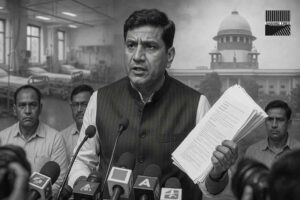


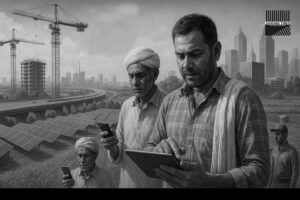
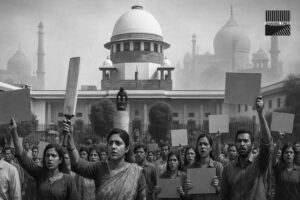


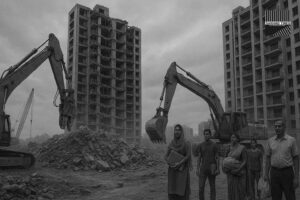


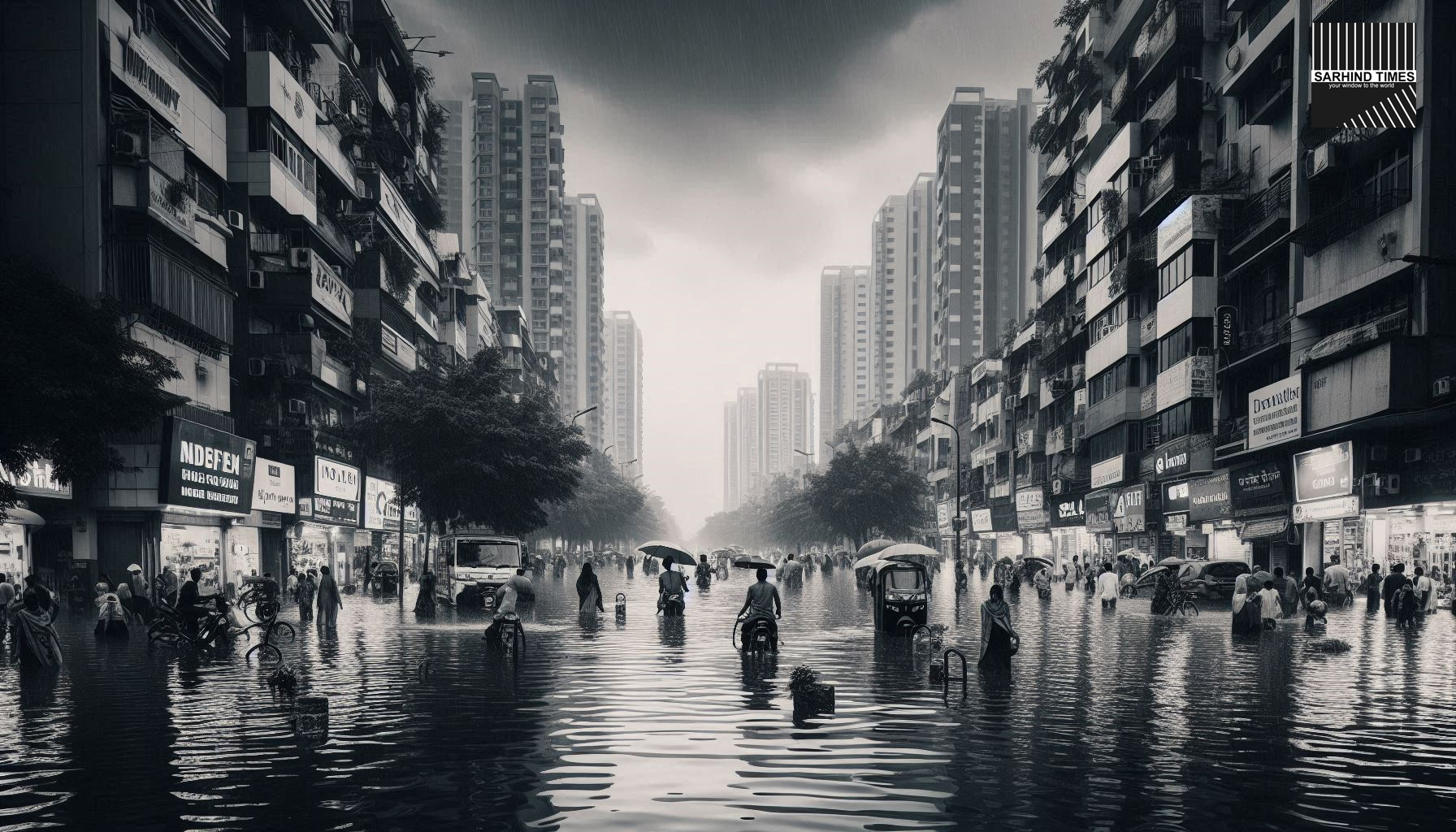
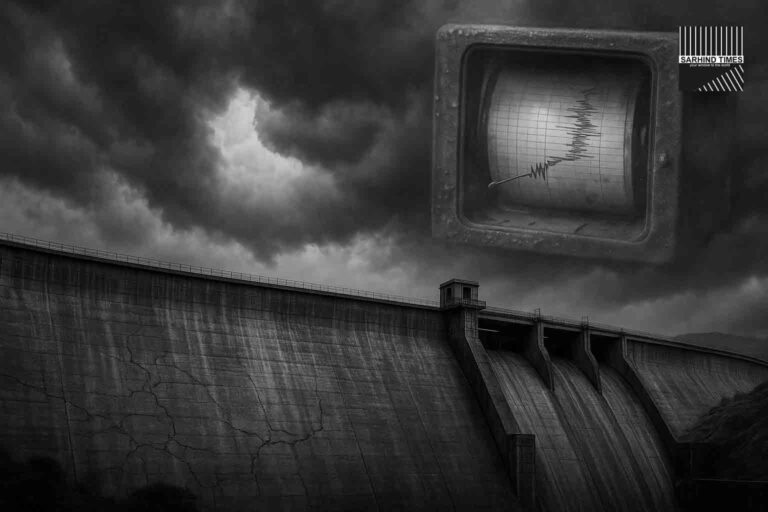

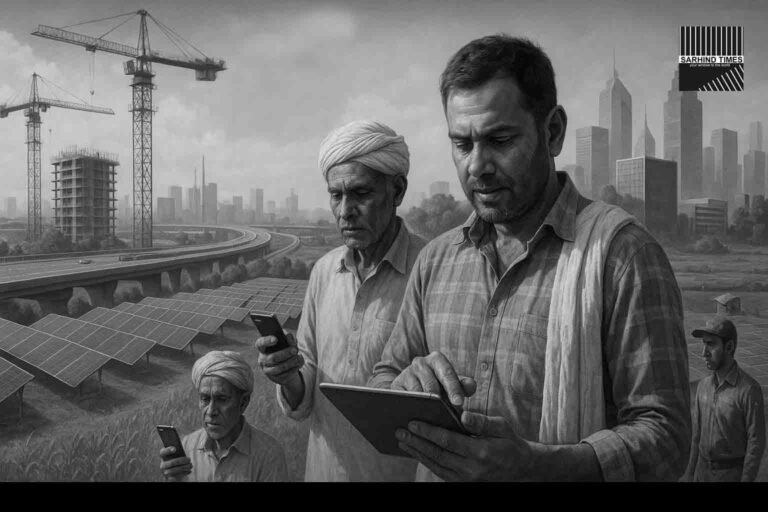
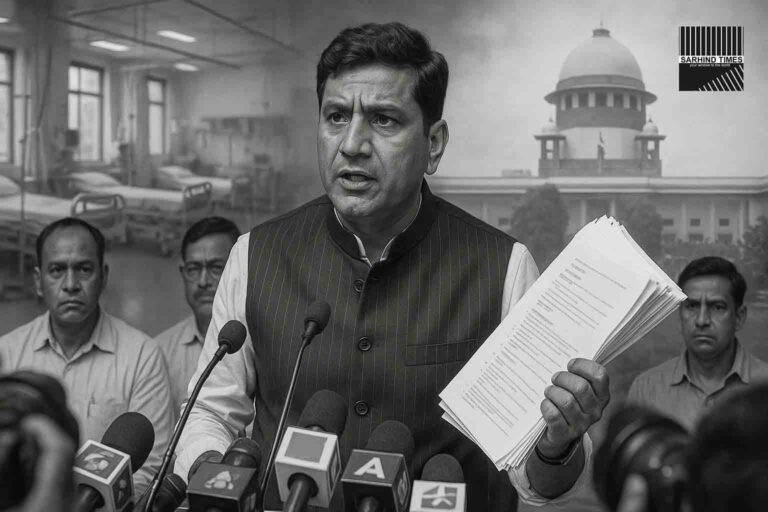
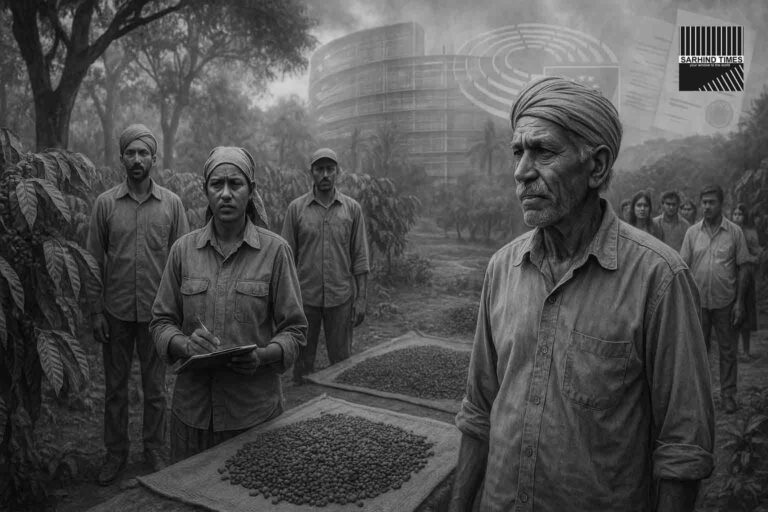

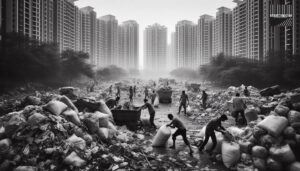
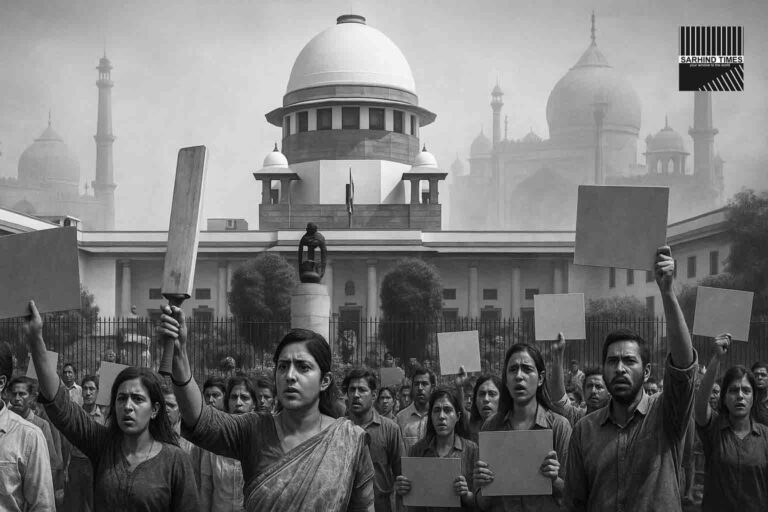
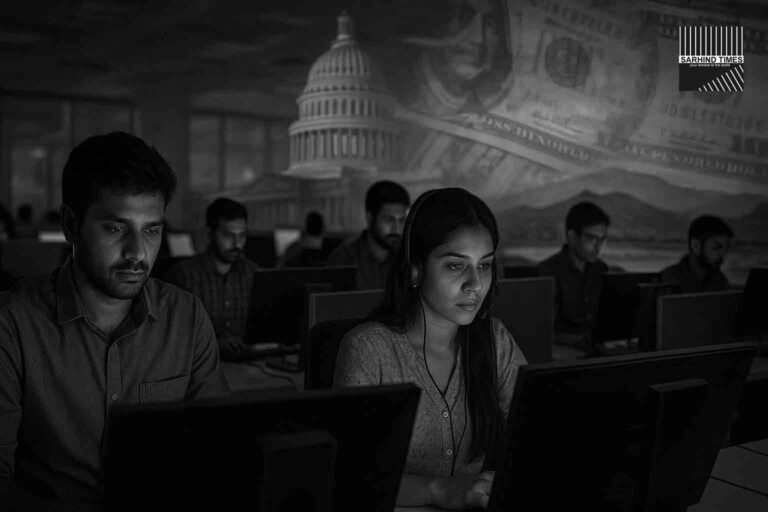

+ There are no comments
Add yours